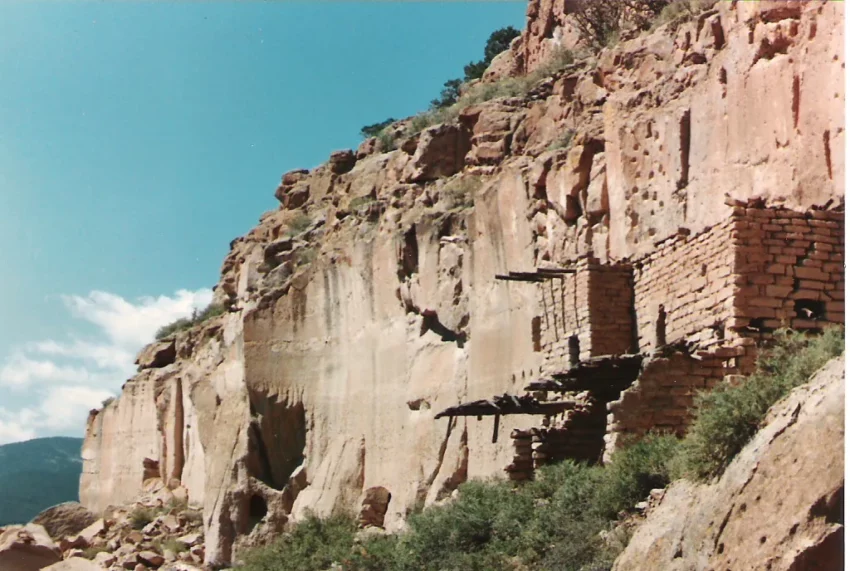Discovering an Architectural Marvel
Located in Santa Clara Canyon, Puye Cliff Dwellings are a testament to Pueblo architectural brilliance. Situated on the Santa Clara Pueblo Reservation near Española, New Mexico, this site is one of the largest prehistoric settlements on the Pajarito Plateau. The ruins, dating from the late 1200s to around 1600, display a rich variety of architectural forms and techniques.
Get your dose of History via Email
National Recognition
In 1966, the importance of Puye Cliff Dwellings received national recognition. They were declared a National Historic Landmark. This honor highlights the site’s significance in understanding the cultural and historical narratives of the indigenous peoples of the region.
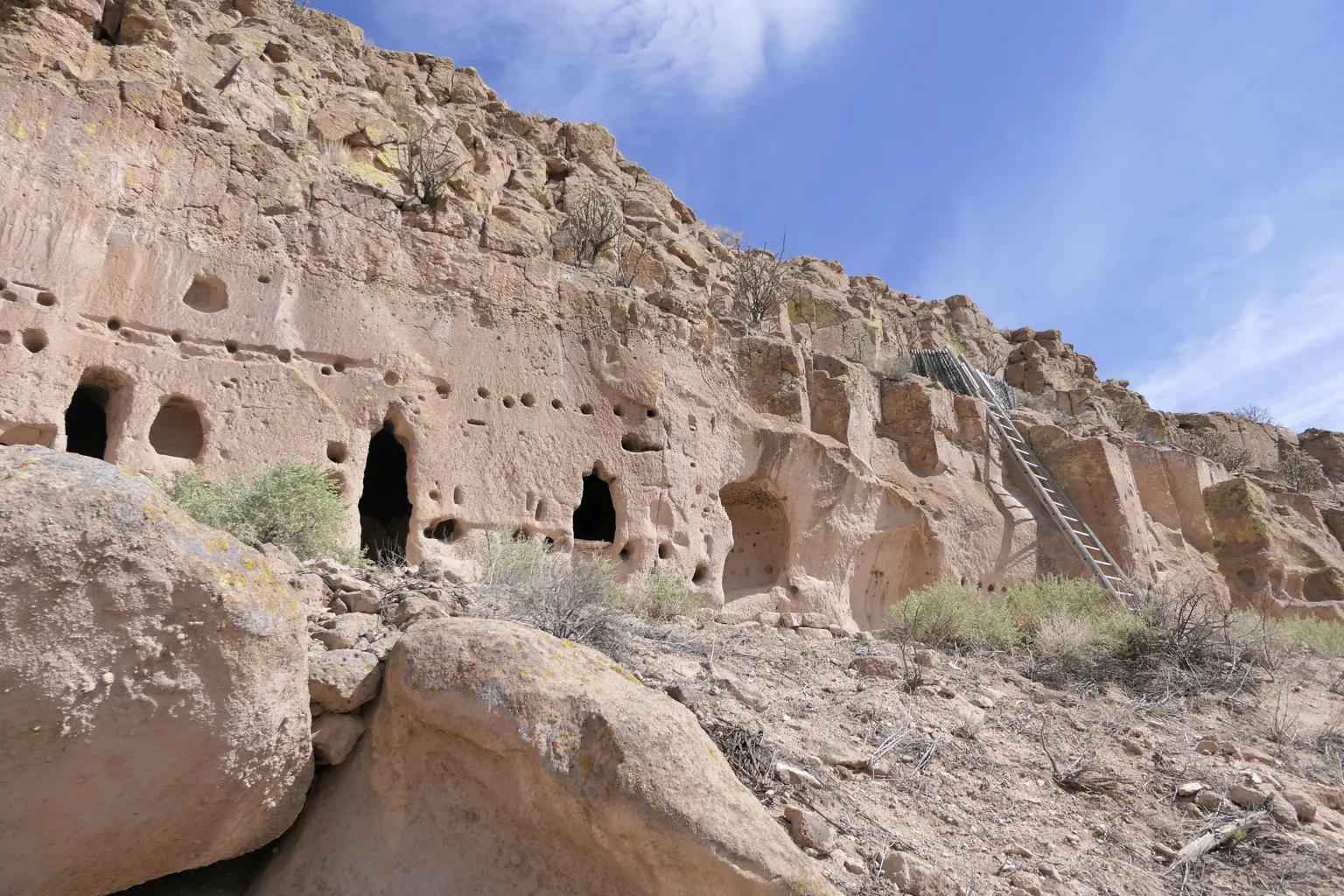
The Architecture of Survival
The dwellings at Puye Cliffs showcase exceptional ancient pueblo architecture. They feature two levels of cliff dwellings carved from the soft volcanic tuff of the Bandelier Tuff formation. This relatively soft stone could be easily shaped with simple wooden tools.
Building Techniques
The lower level spans over a mile, and the upper level extends about 2,100 feet. Paths connect these levels, with around twelve stairways and ladders cut into the cliffside. This design demonstrates the resourcefulness and adaptability of the builders.
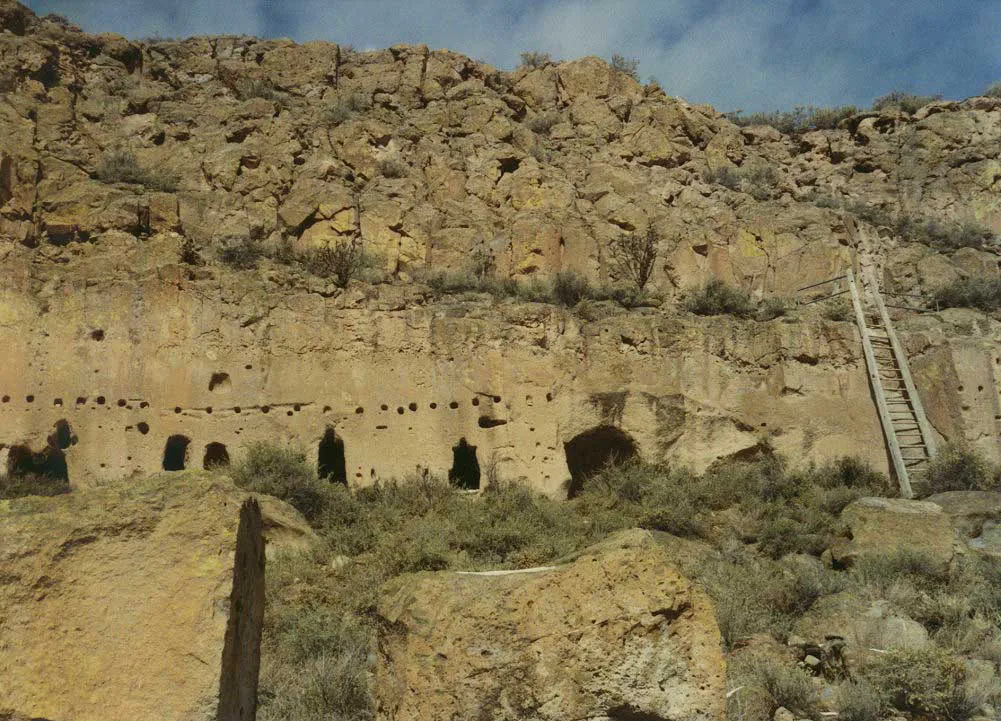
A Thriving Community
The cliff dwellings and multi-storied structures on the mesa top, including the reconstructed ‘Community House,’ indicate a highly organized society. At its peak, the community had about 740 rooms, with additional structures at the cliff base. A large plaza at the center likely served as a communal area for gatherings and ceremonies.
The People of Puye
Historical records suggest that between 900 and 1580, up to 1,500 Pueblo people lived here. They were hunters and agriculturalists, trading with neighboring groups. The residents were part of a network of Pueblo villages including Otowi, Shufinne, Tsankawi, Tsirege, and Tyuonyi.
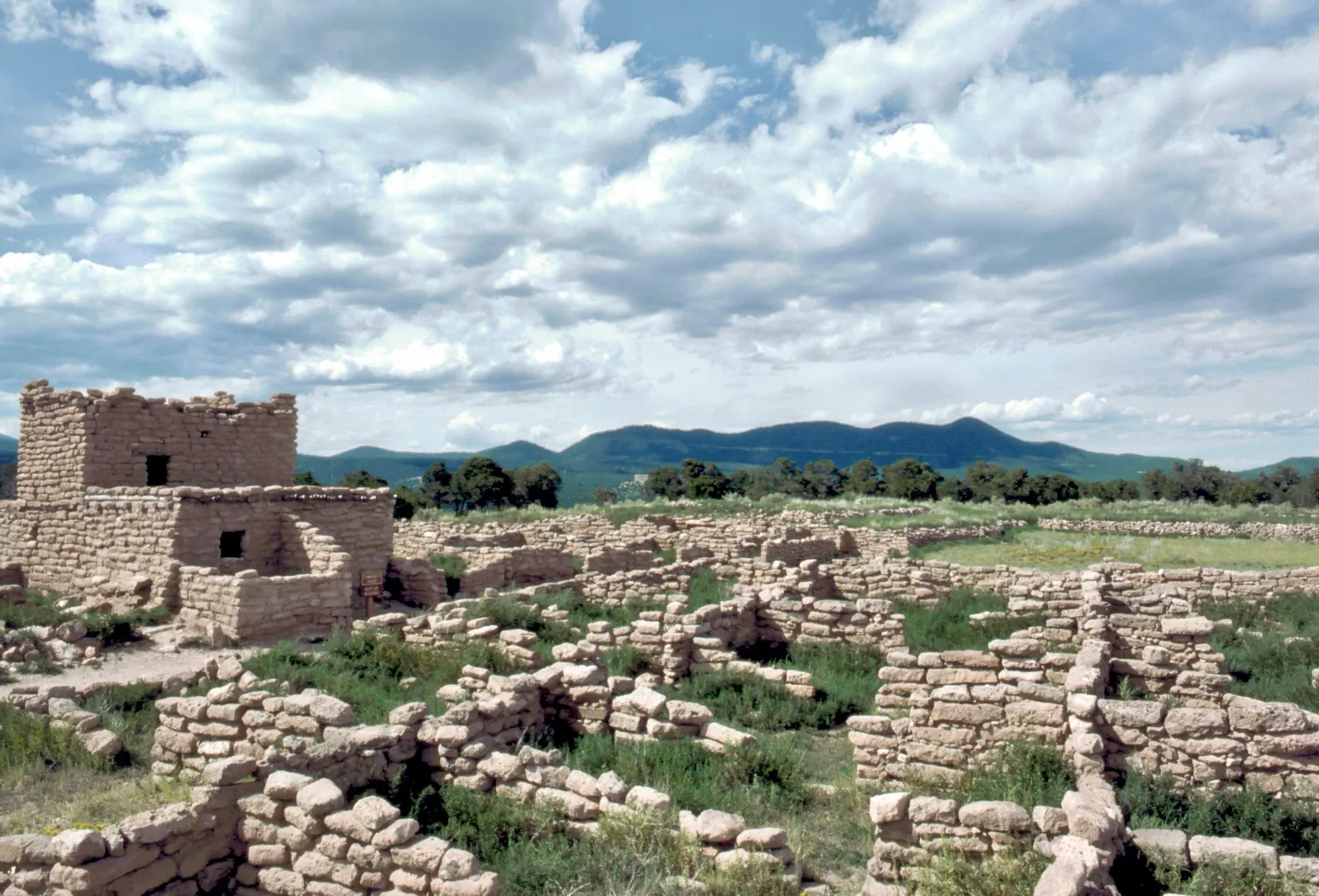
Legacy and Departure
Around 1580, a severe drought forced the inhabitants to seek sustainable living conditions nearer to the Rio Grande valley. Today, the descendants of these peoples reside about 10 miles east at Santa Clara Pueblo. They maintain a cultural and ancestral connection to the dwellings at Puye.
Archaeological Excavations
The first systematic excavation of Puye Cliff Dwellings occurred in 1907, led by Edgar Hewett. This foundational work spurred further archaeological studies and helped share the story of Puye with a wider audience.
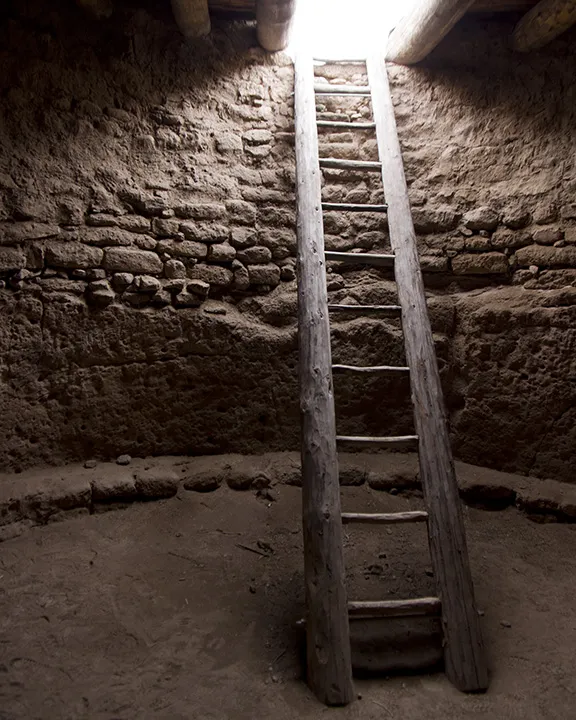
Conclusion
Today, Puye Cliff Dwellings offer a glimpse into the past, illuminating the daily lives, societal structure, and spiritual practices of the Pueblo people. This site serves as a historical record of an ancient civilization and as a reminder of the enduring spirit of the Pueblo people and their legacy in the American Southwest.
Sources: Wikipedia

